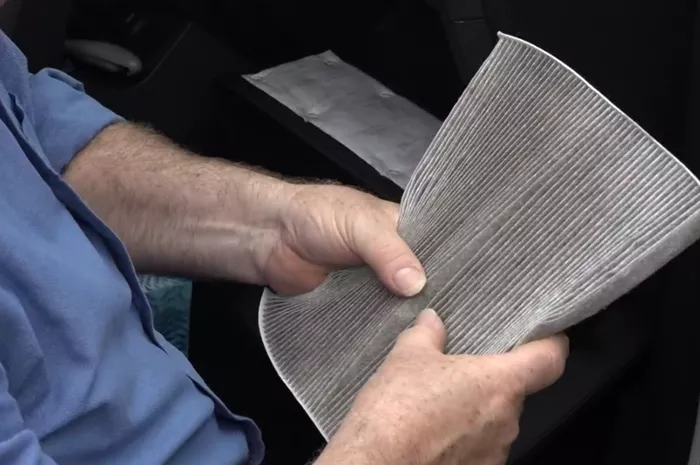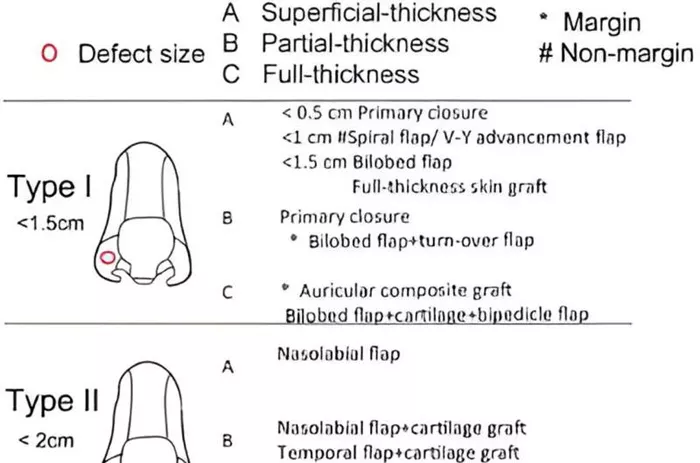As temperatures rise and we find ourselves reaching for the air conditioner buttons in our vehicles, it’s worth considering the quality of the air we’re breathing while driving.
Al Sutherland, owner of Al’s Certified Auto Repair in Augusta, Maine, underscores the importance of maintaining clean cabin air filters in vehicles, particularly as allergy season intensifies. Mold and pollen, common allergens, can accumulate in the ventilation system and exacerbate allergy symptoms for drivers and passengers.
“When mold comes out through that ventilation system, in many cases those ducts are pointed right at your face. If you are susceptible to allergies, it’s putting it right in your nose,” Sutherland explains. “That could exacerbate the situation; you could sneeze more, and even people without allergies could be sneezing due to the dust and stuff.”
The length and severity of allergy seasons, especially those related to pollen, are increasing annually, according to doctors. Dr. Dora Anne Mills, chief health improvement officer with MaineHealth, emphasizes the importance of recognizing the signs of allergic reactions triggered by pollen and air filter build-up.
“When you put your hands on the vent, it’s like no air is coming out,” Sutherland highlights as a key indicator of potential air filter issues.
For drivers experiencing allergy symptoms or reduced airflow from their vents, Sutherland recommends a simple check of the cabin air filter at a local repair shop. The cabin filter, responsible for filtering the air inside the vehicle’s cabin, should ideally be replaced every 15,000 to 30,000 miles, Sutherland advises.
Regular maintenance of cabin air filters can significantly improve air quality inside vehicles, allowing drivers and passengers to breathe easier while on the road.
































